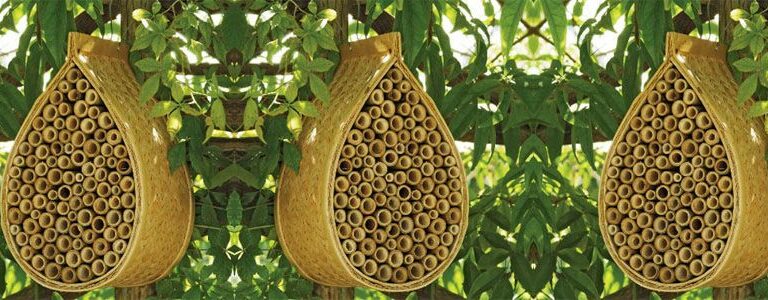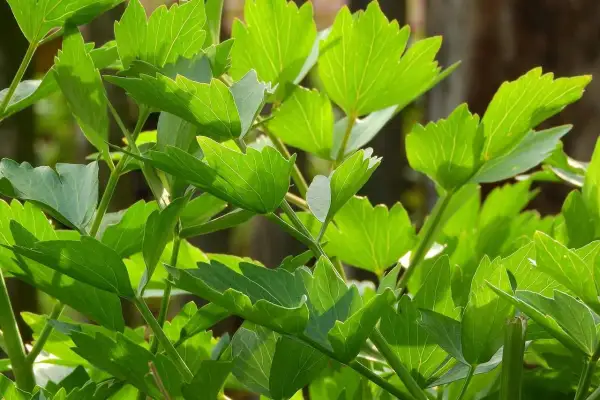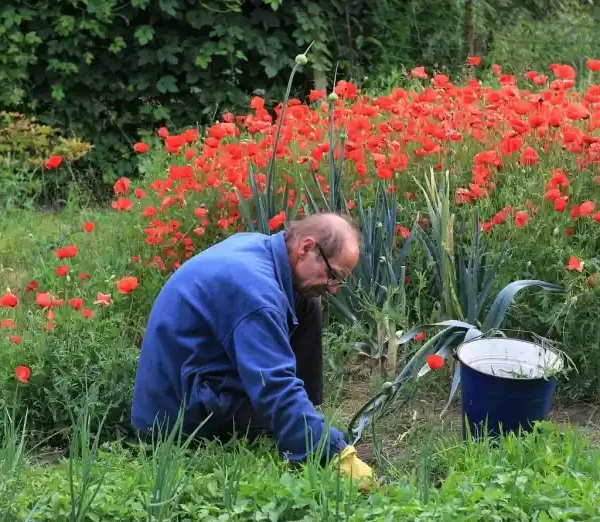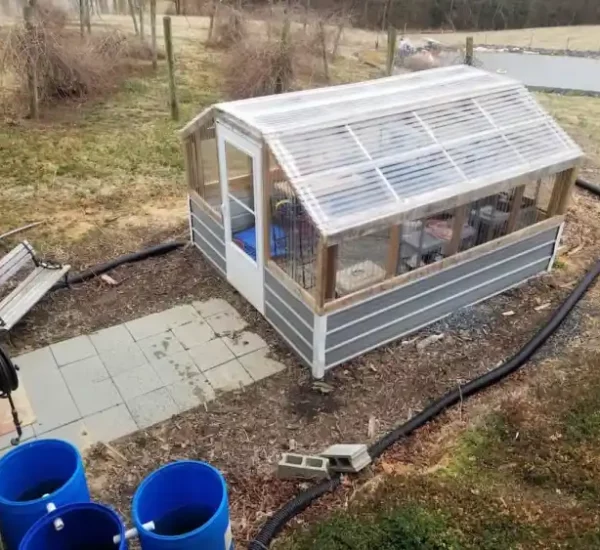Understanding Mason Bees: Importance and Characteristics
Role in Pollination
Mason bees are proficient pollinators known for their efficiency in pollinating a wide range of crops, including fruit trees such as apples, cherries, and plums, as well as early-blooming flowers and vegetables.
Life Cycle and Behavior
Unlike honeybees, mason bees are solitary bees that do not live in colonies. They nest in pre-existing cavities, such as hollow plant stems or holes in wood, where they construct individual brood cells and lay eggs.


Creating a Bee-Friendly Habitat in Your Garden
Providing Nesting Sites
To attract mason bees to your garden, provide suitable nesting sites such as bee houses, nesting blocks, or drilled wood blocks. Ensure the nesting materials have varying diameters to accommodate different bee species.
Choosing Nesting Materials
Mason bees prefer natural materials such as bamboo, reeds, or untreated wood for nesting. Avoid using plastic or metal materials, as they may not be suitable for bee nesting and can pose risks to bee health.
Placement of Nesting Sites
Place bee houses or nesting blocks in a sunny, south-facing location in your garden, preferably at eye level or slightly higher. Ensure the nesting sites are sheltered from strong winds and protected from direct rainfall.
Providing Food and Forage Resources
Planting Bee-Friendly Flowers
Grow a diverse selection of bee-friendly flowers, herbs, and shrubs in your garden to provide abundant nectar and pollen sources for mason bees. Choose plants with different bloom times to ensure a continuous supply of food throughout the growing season.
Selecting Pollinator Plants
Opt for pollinator-friendly plants such as lavender, salvia, bee balm, aster, and sunflower, which are attractive to mason bees and other pollinators. Avoid using pesticides or herbicides that may harm bees and other beneficial insects.
Providing Water Sources
Ensure mason bees have access to clean water sources in your garden by setting up shallow dishes or trays filled with water and pebbles. This provides bees with a safe drinking spot and helps regulate humidity in their nesting environment.
Maintaining a Bee-Safe Garden Environment
Avoiding Chemicals and Pesticide
Minimize the use of chemical pesticides, herbicides, and fungicides in your garden, as they can harm mason bees and other pollinators. Instead, practice integrated pest management (IPM) techniques and opt for natural pest control methods.
Providing Shelter and Protection
Create a welcoming environment for mason bees by providing sheltered resting spots, such as dense foliage or bee hotels, where they can seek refuge from predators and adverse weather conditions.
Monitoring and Observation
Regularly monitor your garden for mason bee activity, observing their behavior and nesting habits. Keep a journal or record of bee sightings, nesting activities, and flower preferences to track population trends and make informed management decisions.
Conclusion: Cultivating a Haven for Mason Bees
In conclusion, attracting mason bees to your home garden is a rewarding endeavor that benefits both gardeners and the environment. By providing suitable nesting sites, abundant food sources, and a safe and pesticide-free habitat, you can create an inviting haven for these valuable pollinators, enhancing pollination rates, promoting biodiversity, and enjoying the beauty of a thriving garden ecosystem.
Why should I attract mason bees to my home garden?
Attracting mason bees enhances pollination rates in your garden, leading to increased fruit and vegetable yields. Additionally, mason bees are gentle and efficient pollinators that contribute to biodiversity and ecosystem health.
How do mason bees differ from honeybees?
Unlike honeybees, mason bees are solitary bees that do not live in colonies. They nest in pre-existing cavities and are excellent early-season pollinators known for their efficiency and gentleness.
What types of nesting sites do mason bees prefer?
Mason bees prefer nesting sites with pre-existing cavities, such as hollow plant stems, holes in wood, or specially designed bee houses. Providing a variety of nesting materials and diameters accommodates different bee species.
How can I create a bee-friendly habitat in my garden?
To create a bee-friendly habitat, provide nesting sites, plant bee-friendly flowers, avoid chemical pesticides, and offer water sources. These elements attract mason bees and provide them with essential resources for nesting and foraging.
What flowers are attractive to mason bees?
Mason bees are attracted to a variety of flowers, including lavender, salvia, bee balm, aster, and sunflower. Choose plants with different bloom times to ensure a continuous supply of nectar and pollen throughout the growing season.
How can I protect mason bees from predators and adverse weather conditions?
Provide sheltered resting spots, such as dense foliage or bee hotels, where mason bees can seek refuge from predators and adverse weather conditions. Avoid using chemical pesticides that may harm bees and other beneficial insects.
Can I purchase mason bee cocoons to populate my garden?
Yes, you can purchase mason bee cocoons from reputable suppliers to help populate your garden with these valuable pollinators. Follow proper handling and release procedures to ensure their successful establishment.
How do I know if mason bees are nesting in my garden?
Look for signs of mason bee activity, such as bees entering and exiting nesting sites, carrying pollen or nesting materials, and sealing off brood cells with mud. Observing these behaviors indicates successful nesting activity in your garden.
What should I do if I encounter mason bee nests in my garden?
If you encounter mason bee nests in your garden, observe them from a distance and avoid disturbing the bees. Provide additional nesting materials and suitable forage resources to support their nesting activities.
How can I learn more about mason bees and their importance in gardening?
To learn more about mason bees and their role in gardening, consult reputable sources such as government extension services, horticultural organizations, and academic publications. Attend workshops, seminars, or webinars on native bee conservation and pollinator-friendly gardening practices.
- Rhode Island’s Favorite THC Infused Beverages - June 5, 2025
- THC Soda and Drink Options in Idaho - May 28, 2025
- Ohio’s Go-To THC Infused Beverages - May 28, 2025




